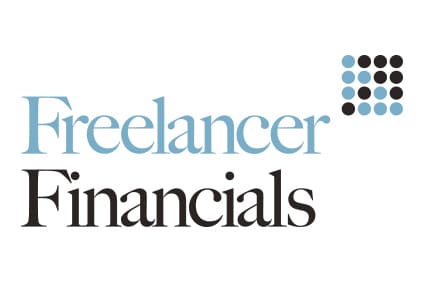OTS reinforce aligning tax and NIC will make life a lot easier
Following on from earlier research in recent years, the Office of Tax Simplification (OTS) has published its most recent findings and recommendations regarding ‘The closer alignment of income tax and national insurance.’
Employers that the OTS consulted during their research expressed many concerns, particularly about the administrative complexity of applying different sets of rules. Individuals were unclear of the relationship between NIC and benefit entitlement and there was little recognition of the differing and sometimes distorted outcomes for the employee and the self-employed.
This latest review addresses the question of simplification from the perspective of reforming NIC through aligning its operation more closely to income tax and not merging the two systems. There are 4.7 million self-employed individuals for whom such alignment, whilst resulting them in paying more, would result in them receiving a greater range of welfare benefits too, e.g some form of sickness/unemployment benefit.
Alignment would aim to bring about two taxes fit for future working patterns and result in:
- Simplification, so employees are taxed in the same way for both taxes on the same earnings and employers pay a payroll based charge
- Few differences between the treatment of the employed and self-employed
- A fully joined up approach to the two taxes across policy and administration, clarity for individuals and reduced administrative burdens for businesses and HMRC
The review did not cover IR35 although the OTS did receive a lot of comments on the subject.
Headline findings
Based on the evidence of the review the OTS noted that there was a clear desire for change and identified the following overriding principles:
- The current NIC system no longer supports the UK’s flexible workforce model, diverse business structures and flexible reward
- The inherent complexity of NIC means the regime is not well understood by employers or individuals, and is complex to administer
- There is a distortion built into the system – two individuals with the same gross income, constituted differently, may have very different NIC outcomes, and possibly be entitled to different benefits; some employers use the NIC structure to decide work patterns (part time/self-employed)
Key steps to closer alignment
The review sets out seven recommendations for ministers to consider and give the OTS the thumbs up to enable them to develop and consult on their proposals.
- Moving to an annual and aggregated assessment period for employees’ NIC
This would work similar to the way Income Tax is deducted under PAYE and would achieve a simpler system that would be more easily understood.Inevitably it would create ‘losers’ as well as ‘winners’. HMRC estimates that 6.3 million would pay more NIC but 7.1 million (mainly lower paid) would pay less.
- Basing employers’ NIC on whole payroll costs and renaming the charge
A payroll based charge was welcomed by those employers that the OTS spoke to as it would create a system that is not only simpler to understand but also a tax that is easier to calculate. Employers’ NIC would be based on payroll totals in the years, with interim payments based on each month’s payroll.The OTS assumes that overall NIC receipts from employers would remain the same and suggests that the new tax could be set at a lower rate of, say 10%.
- Alignment of NIC position between the self-employed and employed
The UK currently has a self-employed population of 4.7 million and rising. By more closely aligning their NIC position with employees it would remove complexity and potentially converge benefits entitlements. There was a general view that the self-employed would accept paying more NIC in return for more benefits. - NIC must be more transparent
If we are serious about closer alignment, then the contributory principle of the NIC system and the benefits that flow from it need to be better explained so that the system is better understood and trusted by taxpayers. - Align tax and NIC legislation relating to employment income
This would ensure that the scopes of charges are the same and that taxpayers benefit from identical reliefs for Income Tax and NIC purposes. As well as creating a more equal system for employees, it would also be easier for individuals and employers to understand, and would lead to improved compliance. - Abolish Class 1A NIC
Class 1A NIC has to be paid on certain benefits-in-kind by the employer. By bringing all taxable benefits into Class 1 NIC, administration would be much more simplified, errors would be reduced and the distortions in the NIC treatment of non-cash remuneration removed. - Joined up policy and administration
A fully joined up approach to the two taxes across policy and administration requires the alignment of legislation and procedures, and where possible the matrix of rates and thresholds. A legislative route should be found to ensure that changes to Income Tax and NIC are simultaneous and equivalent.
International aspects
The OTS considered international social security arrangements and found that no model stood out for its simplicity. Some commented that the UK has an easier system to understand!
The full report, which runs to over 170 pages, can be found below.





Just scrap NI altogether and modify income tax and corp tax to handle key gaps.